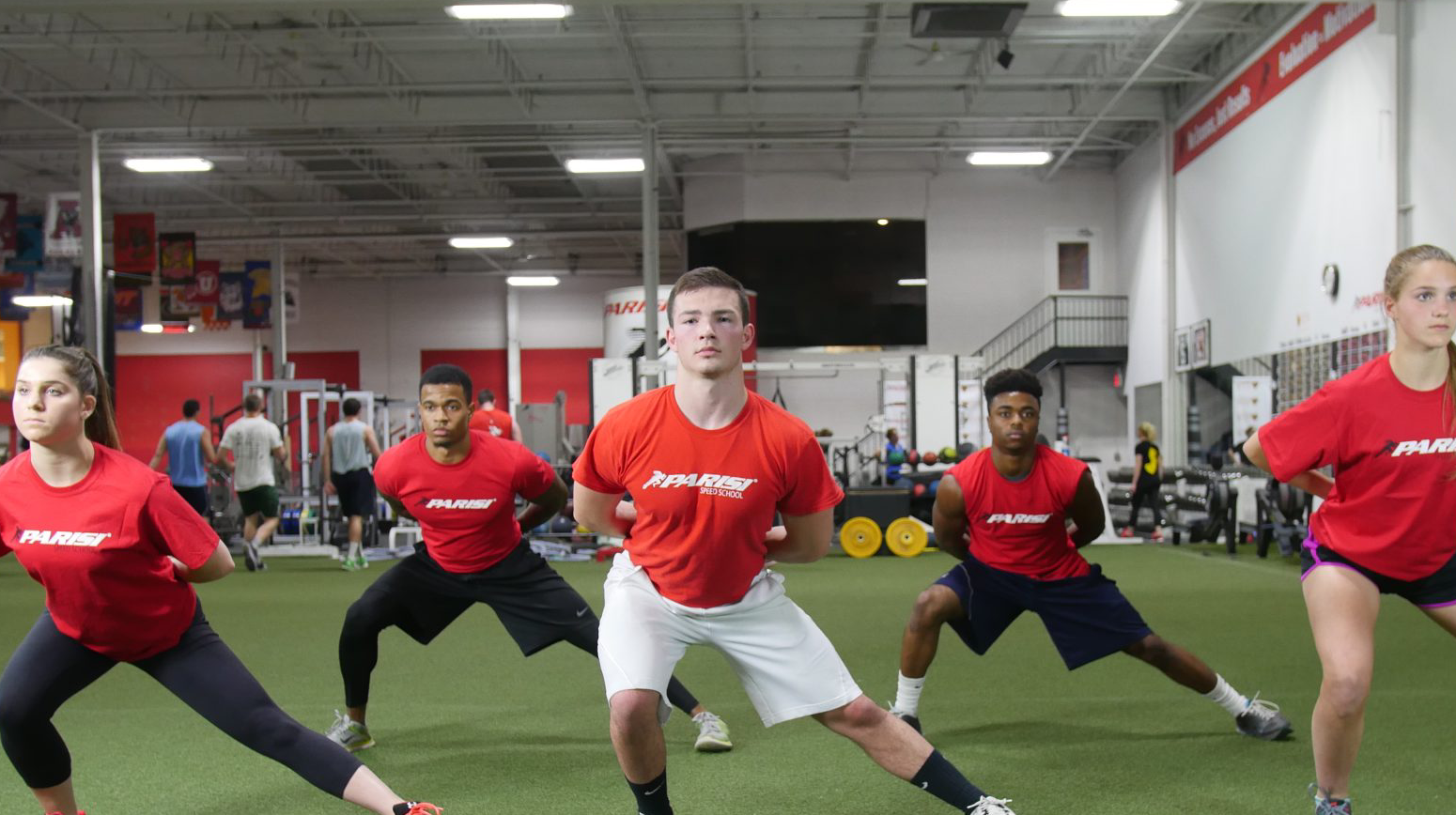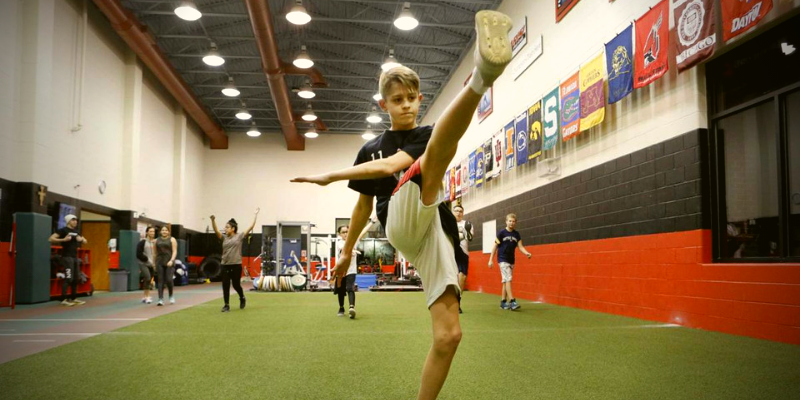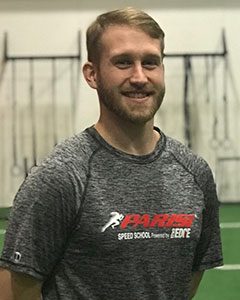Today more than ever, youth athletes are focusing on sports year round. Some are playing multiple sports throughout the year, while others are specializing in one or two sports a year.
So, how should we be going about training these year-round athletes during this developmental phase? And how do we differentiate the training for athletes who play multiple sports versus the single sport athletes?
Sports Specialization by the Numbers
A trend that has been going on in recent years, is the specialization of sports at the youth level. We used to see this as something that would mostly happen in high school sports, but it has now trickled down to the youth level. More than ever, youth athletes are playing only one sport year-round or for most of the year. Some athletes are still playing multiple sports a year, but research has shown the dramatic increase in sport specialization. A 2017 study done by the American Academy of Orthopedic Surgeons (AAOS) found that 45% of high school athletes specialize in one sport. The same study also found that those 45% also specialized in the same sport during middle school years, between ages 12 and 14.
Types of Year-Round Athletes
There are two very different types of year-rounders when it comes to athletes. You have the athlete that practices and performs a single sport for about 9-12 months out of the year, and then you have the athlete that plays a different sport during the different seasons of the year. What we must be able to do is convince both types of athletes that working on a long-term athletic development model is the best way to go. That includes not only working on skills that help your sport, but also full body strength and stability in order to help prevent injury.
Creating a Year-Round Assessment Plan
Below is our example of a year-round assessment plan that involves coach, athlete and parent.
Global View Training Year
- Include parents and coaches
- Look at competition periods and rank importance and level of difficulty
- Identify seasonal downtime
Global View of Athlete’s Current Physical Abilities
- Baseline Performance metrics
- Assessment of movement abilities
- Identify training age
- Address any injury history
Breaking Down Singular Competition Period
- Identify games/tournaments/scrimmages
- Practice volume – frequency & length
- Practice activities- film vs skill vs physical prep
Mapping out or making a graph of an athlete’s schedule is a great way to align their goals and needs assessments. Depending on the sport that is being played, an athlete may have 2 or 3 months of down time, where training can intensify compared to the rest of the year.
For multisport athletes, there may not be that window of down time. Therefore, it is important to keep a more consistent regimen for the athletes that includes strength training once a week, during the busy months and then gradually increase the number of days on the less busy times of year.
Understanding Athlete’s Timing
It’s important for youth coaches to understand that sometimes the athlete doesn’t have to be the strongest or the fastest athlete year-round. Sometimes they need to have those qualities during specific times of the year compared to other athletes in their sport.
Implementing Strategies
It is imperative that we understand that these are youth athletes who also have many other factors going on in their schedule. When we first map out our strategies, we must be able to do so WITH the athlete and parent. Things come up, they may have school, or a change in schedule. So when we make these blueprints, we should set goals and failures before each change in schedule or transition period. This will only work when done collectively.
Goal Setting Strategies:
- Heaven vs. Hell Scenarios: What are the best and worst scenarios for the athlete
- G.A.B. – Goals, Assessment, Barriers: Ask them what their main goals for the training session are. Important to use this as a conversation piece
- 5/3/1- Longer term goal setting strategy.
- 5 things they want to accomplish
- 3 things they want to start with
- 1 thing they can start right now
Failure Strategies:
- What’s the last chance effort?
- If this wrinkle shows up, this is your plan B
- How can we keep momentum?
Micro Cycle with a Macro Outlook: What can we do now, in the short term, to get you to…?
- A longer break in your training
- To aid and improve your term athletic development
- To assist your ability to acquire and improve the skills of your sport
Measure what matters most – in sport and in training
- Total Volume: Stack workouts and practices to meet volume standard and create a streamlined schedule
- Training Frequency: Know your calendar
- Athlete Readiness: When in dire straits… create off-days for your athletes
- HR/HRV tracking as available and appropriate with your athlete.
We have to be transparent with the athletes but also with the parents. We will have kids who are working on a singular sport 4-5 days a week. We should help explain that this may not be the best for the athlete and instead they should be implementing some off days and what those off days should look like during different times of the year. Communication is key with any athlete, but especially with ones who are training at least 9 months of the year. It is important to be flexible and really work with them as well as their parent.
About the Author
Casey Lee is the Director of Fitness and Performance at The Edge in northern Vermont. The Edge has been with the Parisi network since 2011 and Casey has been there for every step of the way. Coaching from Jump Start to Olympic hopefuls, Casey has utilized every educational offering Parisi has given over the last decade. Parisi’s education has helped ensure his facilities longevity as well as the career success for himself and every Performance Coach on staff.



 Why I Love Parisi Nation
Why I Love Parisi Nation